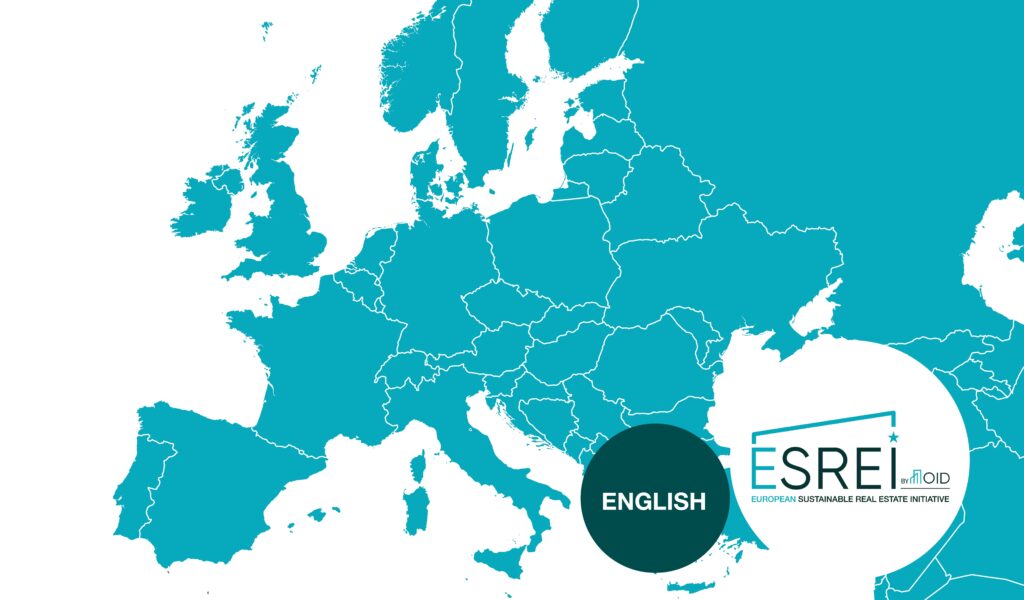Article written by Armand Ritouet.
The OID’s ESREI programme has just translated and expanded the Guide to action for climate change adaptation, initially published in French in 2021. Let’s take a look at the guide’s topicality, as record temperatures fall once again in the spring of 2025 and scientists are becoming increasingly alarming about the runaway climate.
THE COST OF INACTION
In the light of recent climatic events, the need to adapt to climate change is no longer an option. Between 1980 and 2020, extreme weather and climate-related disasters claimed the lives of over 138,000 people in the European Union, according to the European Council. During the same period, the EU27 suffered financial losses exceeding €487 billion, with Germany, France, and Italy among the hardest hit. In a recent report by the French Ministry for Spatial Planning and Ecological Transition (April 2025), the direct cost of the drought (i.e. the immediately measurable impacts) in the summer of 2022 is estimated at €5 billion. Two-thirds of this sum (€3.5bn) is due to damage to building structures, particularly caused by the shrinking and swelling of clays. This exceptional dry spell is set to become more common and frequent in the years to come. It is now estimated that 10.4 million single-family homes are in areas at risk. And yet, shrinking and swelling of clay is just one of the many consequences of climate change on the property sector, alongside flooding, wildfires, coastal dynamics… Climate change is a threat both to the property sector as a whole and to the health and safety of occupants.
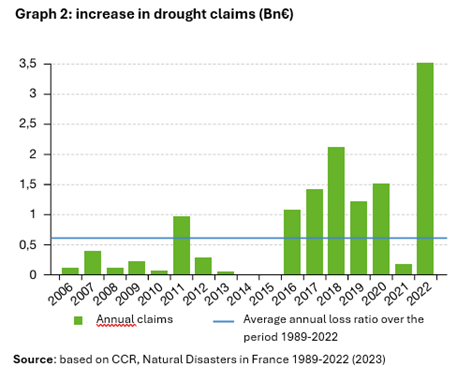
WHAT ABOUT INSURERS?
In this context, without giving up the fight against global warming (attenuation), it is essential to protect ourselves against its consequences (adaptation), especially as the insurance system is under strain. Some local authorities located in high-risk areas are already finding it difficult to insure themselves. According to climate modelling by the Caisse Centrale de Réassurance (CCR) in France, manager of the CatNat scheme (a natural disaster compensation scheme), the cost of natural disasters will increase by 50% by 2050 in France. As climate change increases physical risk exposures, risk-based premiums are expected to rise over time. Consequently, the insurance protection gap (difference between the total losses and the insured losses) is expected to become even wider. Between 1980 and 2023, only a quarter of the losses caused by natural catastrophes across Europe were insured. In the short term, the insurance sector can survive by increasing the prices. Yet, in the long run, this gap will put into question the role of the insurers and the reinsurers and their ability to provide financial resilience. The consequences for asset values are therefore inevitable, making it necessary to adopt a sound adaptation strategy, tailored to the context, to make buildings more resilient and to protect both businesses and individuals.
THE CO-BENEFITS OF ADAPTATION
Beyond the financial challenges posed by extreme weather events, adapting to climate change is also about ensuring everyday comfort and security for occupants. The fact is that people’s habits and lifestyles will need to adapt to new climatic conditions, and buildings are going to have to evolve too. In this context, nature-based solutions stand out for their ability to enhance livability while positively impacting biodiversity. These solutions offer multiple benefits: environmental (ecosystem restoration), economic (lower costs compared to high-tech approaches), and social (improved quality of life and public health). A concrete example is the fight against urban heat islands, as many cities develop climate adaptation plans by creating urban forests. The C40 initiative exemplifies this collective effort, bringing together 100 cities worldwide to share solutions for addressing the climate crisis.
A GUIDE TO HELP REAL ESTATE PROFESSIONALS IMPLEMENT ADAPTATION STRATEGIES
For several years now, the OID has been working to provide the real estate sector with all the tools it needs to build such a strategy. For example, we developed a dedicated climate risk analysis tool (Bat-ADAPT) and published several Hazard factsheets.
The Guide to Action for Climate Change Adaptation is a comprehensive decision-making tool, helping to contextualise the physical climate risk and check that the solutions adopted are the most appropriate.
It contains 44 action sheets, divided into 6 themes and 6 risks:
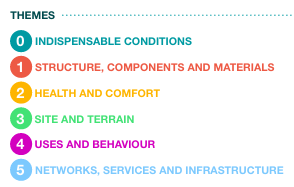
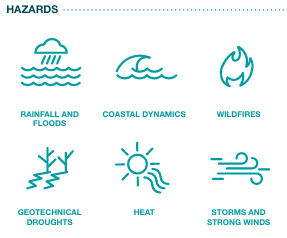
In each action sheet, you can find a clear snapshot of the weak and strong points of the solution, technical information to be considered (costs, required skill levels, etc), key indicators to help you assess the efficiency of the solution and finally inspiring case studies showcasing real-life examples.
SHARING GOOD PRACTICE
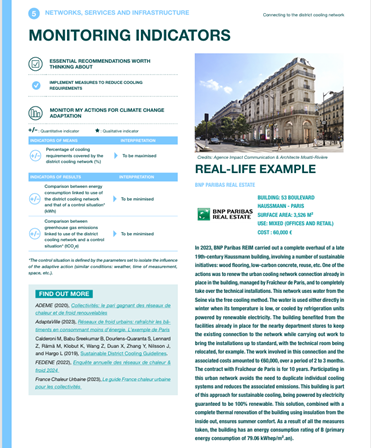
For this third version of the guide in English, the ESREI programme has added feedback to encourage the sharing of best practice. With 7 new additions this year, the guide now has a total of 13 case studies.
These are available at the end of the action sheets and give you a range of information on an example of the implementation of an adaptation solution by a player in the property or building sector. A view of the associated costs, the impact on the lives of occupants, the methods used, as well as the negative and positive points, will help you to better understand the proposed solution and to plan its implementation on your own assets!
For more details on these real-life examples, you can also check our “Adapt-Stories”.
Whether you want to build a resilient building or adapt an existing one, this guide contains valuable resources and feedback for your strategy. Explore the guide now and take action.
If you would like to participate and share your experience of adapting to climate change, please fill in this form.
The ESREI programme is sponsored by Amundi Actifs reels et alternatifs, BNP Paribas Real Estate, CDPQ, Clariane, La Française REM, Ofi Invest, Pimco Prime Real Estate, Praemia REIM and Socotec.

